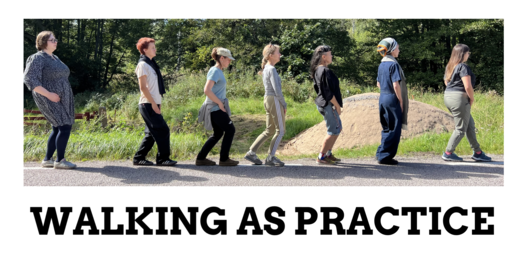SHORT BIO
Dianne is a performer, choreographer, camera operator, video editor and educator, working in both live and screen contexts. She trained in Communication Studies (Drama) and then Dance at the South Australian College (now Uni SA), was a founding member of Outlet Dance in Adelaide (1987–89) and a member of Danceworks in Melbourne from 1990–95. From 2004-2006 she was Artistic Director of Dancehouse and a lecturer in contemporary dance and dance video at Deakin University (1996–2018). Dianne completed a creative practice doctorate in 2016 combining site specific performance, improvisation and interactive video projection into a form she describes as “live screen/dance.” After relocating to Adelaide in mid 2018 she completed the dance documentary “Nothing but bones in the way” which won the Best Dance Film award at the 15th Annual ReelHeART International Film and Screenplay Festival (Canada). In 2019 her new solo performance work “Cabin Fever” received 5-star reviews and won the Bank SA Weekly Award for Best Dance at both the 2019 and 2020 Adelaide Fringe Festivals. Since then Dianne has created a number of new screendance works including “Nest,” “Communal Bloom Strategy,” and the full-length biopic “Yesterday’s Skeleton."
PROPOSED WORK
I hope to weave a practice of walking and writing—inscribed in video images and physical encounters as well as in words. Working both alone and with others I hope to develop a map for allowing and imagining. Letting encounters between surfaces sing, laying across language, resting in rhythms, capturing contemplation, punctuating points of view. How can our bodies merge with and nurture landscape as it nourishes us in return.
My current walking practice grew out of a grief ritual and is transitioning into a writing practice. Over the past several months I began walking to make up for all the time spent sitting in a hospital room. Waiting for doctors, for diagnoses, for death. Then with the scattering of my mother’s ashes over a four-kilometre, two-hour wade in the ocean, it has become a daily connection to her but also to opening perception and potentials.
My practice as a dance and video artist has always honoured this idea of opening perception. I have created screendances and facilitated workshops which use the camera as witness, giving performers or participants the permission to enter into intimate range with other bodies or landscape. I draw on the tools of screendance in the improvising body. As camera, zooming, panning, blurring, and as montage, playing with the rhythms of cutting and transitioning. This dancing practice engages with duration in synergistic ways to walking practices.
Studio: 15
Dates: 23 - 30 Oct
I’m back in Sweden, 11 years on. Four days of planes, trains, buses, and 30 odd kilometres on foot to arrive at Björkö-Arholma skola, my home for the next two weeks. Ami is waiting on the roadside when my bus pulls in and we seal the moment with a selfie.
It is autumn and the red wooden houses stand out amid the yellowing birches and the green pines. My first walk starts out politely down the gravel road from the “short walk” path Ami had indicated. It is a bit of a rural street, homesteads here and there. A dog runs out from one of them to bark at me, but I stop and speak politely to it. It approaches and gives me a jump on the leg, still feigning power with a show of teeth. I keep my hand out of reach. As I continue walking the dog’s mistress calls out in Swedish. I turn to see if the dog is following but she gestures me off, thinking I thought she was telling me to ‘come here’ (if that was what she was saying to the dog).
The gravel road ends soon after the dog and I turn back. Before reaching the path to the repurposed schoolhouse where I’m staying, I launch myself off into the forest. There are no tracks, but small hills of moss-covered granite offer vantage points here and there. I film a 360º of this cocoon of wilderness. So quiet, the dense vegetation creates a soundproofing. I continue ducking under branches, jumping across small creeks, perching atop rocky masses. Small birds play the leafless branches above me like a treble clef. A bus rounds the corner of the narrow road. I wave and the driver waves back. Brown bracken fern, red berry, tiny pine cone, bleached coral lichen. Triumphant young pine stands ready for Christmas dressing amid fallen branches and side-combed grasses. I press my hand into the soft moss, hook a finger through an iron hold set into the rock. I wonder why it’s there. What support required by what? A promise of cantilever. I return across the road to our schoolhouse. Locate my bedroom window from the outside then am stuck motionless trying to identify movements in a tree above me. Come across a variety of relics of human play—a large nest atop a tripod of birch branches; a makeshift bow hanging in a tree; a rusty chair in backward tilt; a curtain of drawings under a tree rotunda, a prayer in a hiding spot.
There was also secret behaviour.
Talking to the pine tree before touching its fronds; arms outstretched calling hello atop a rocky perch; watching James through the window getting on a bicycle.
